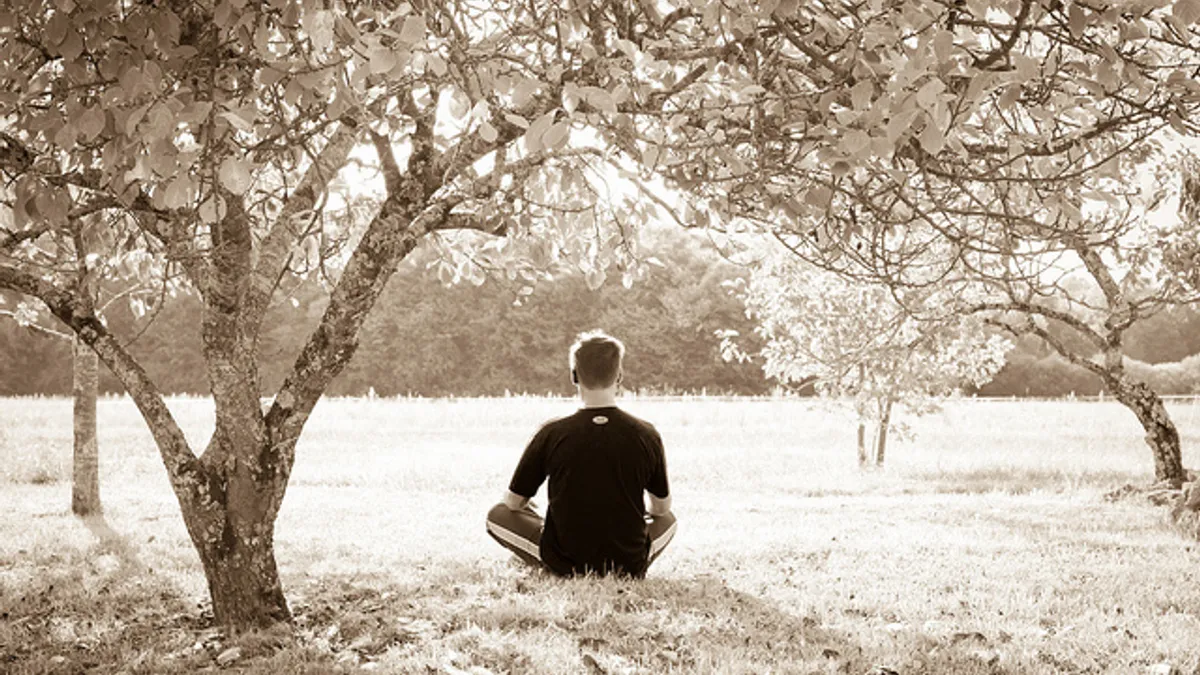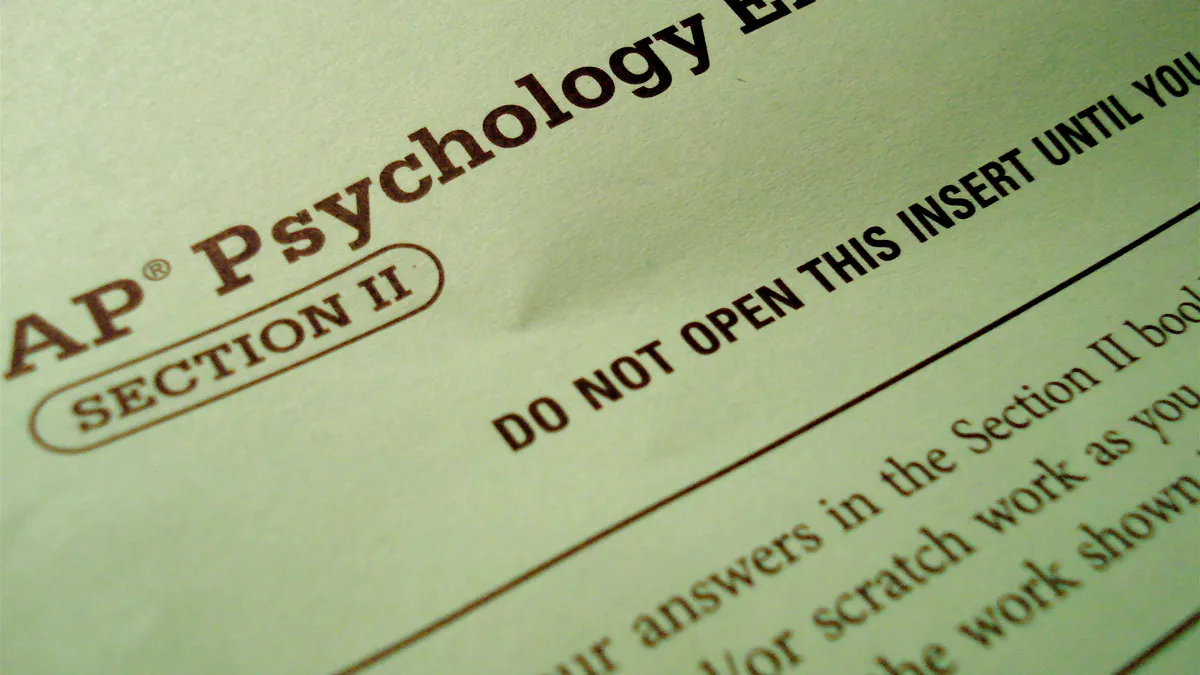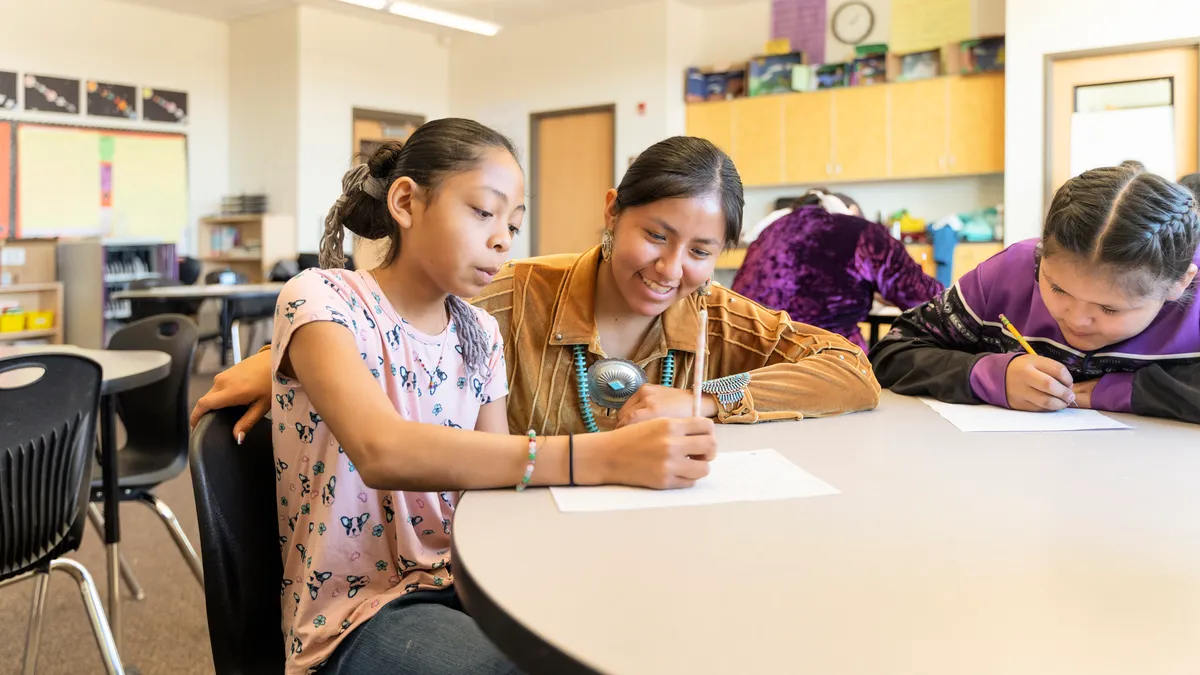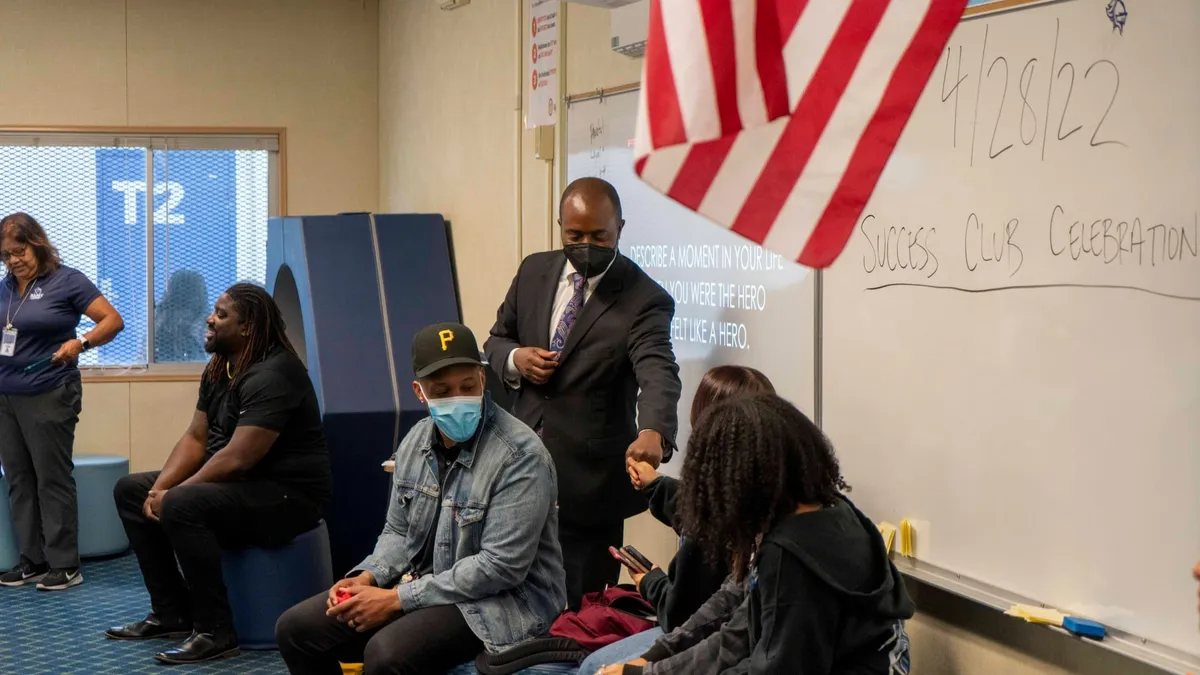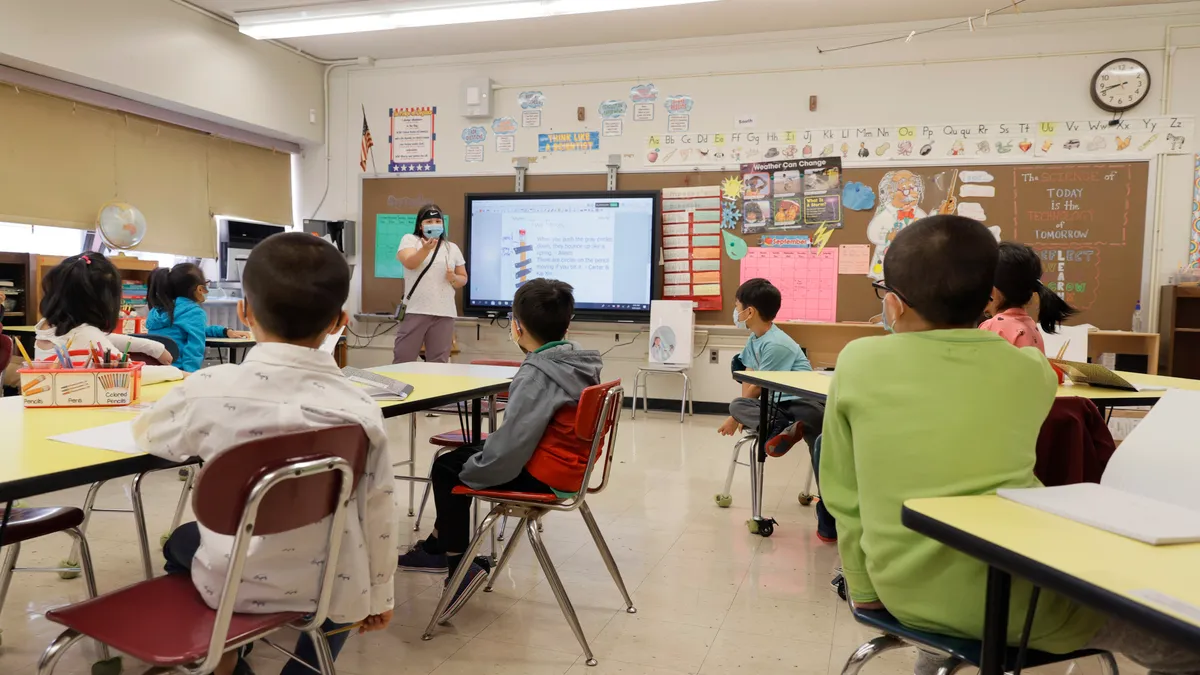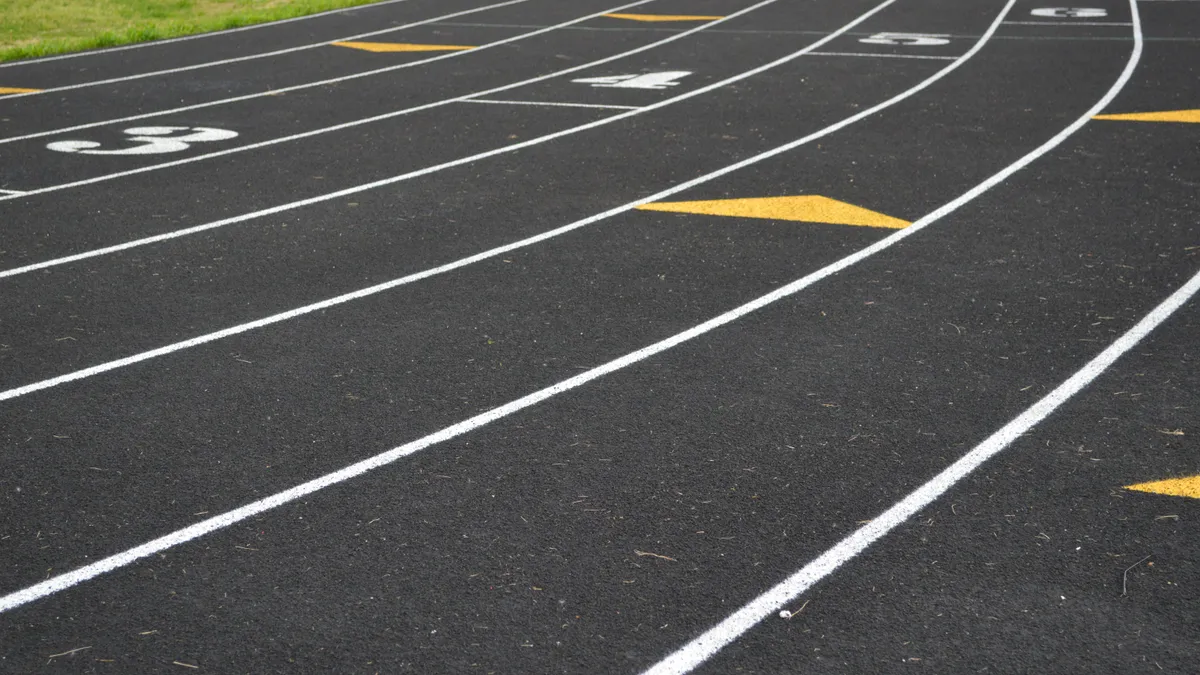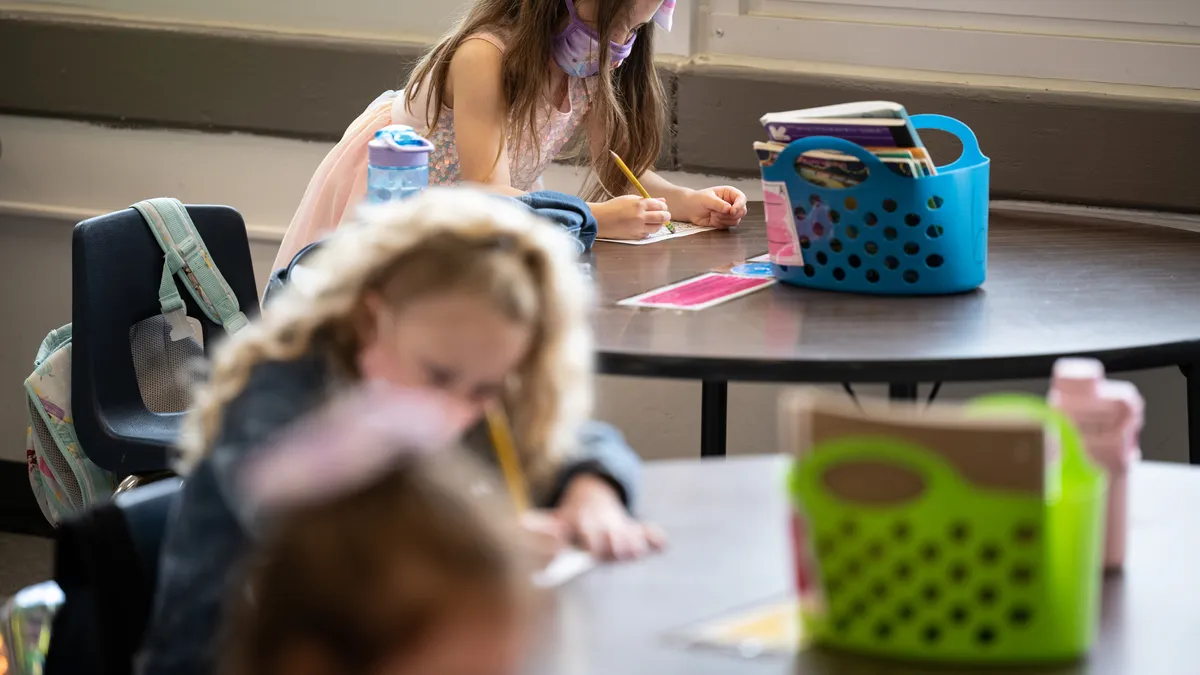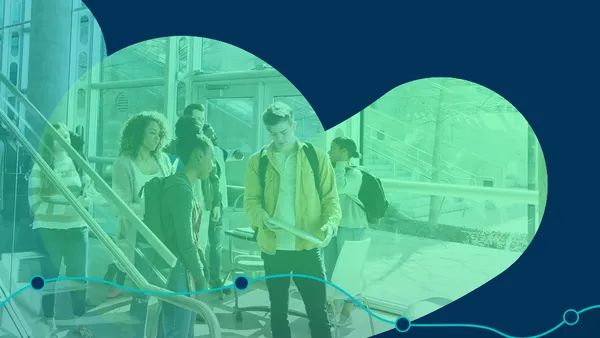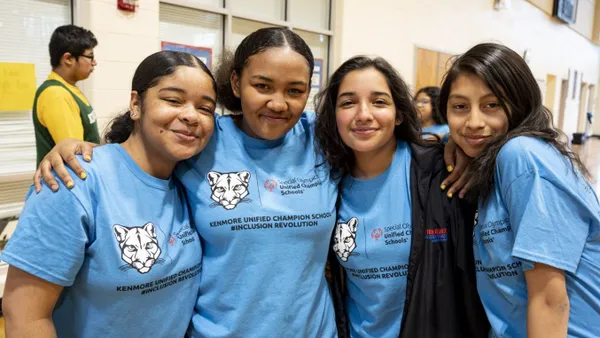Ben Harris is an English teacher at Liberty High School, and a Ph.D. student in Bellarmine University's Leadership in Higher Education program. Both are located in Louisville, Kentucky.
For many educators, getting up for work can be a task, and more, getting through the day can be equally as tough. If it takes you a while to get energized, then consider a few simple activities to give your morning the boost you need to get through the day. As few as five minutes (or more) can enhance job performance, life vitality and overall well-being. According to the National Education Association, many teachers struggle to cope with job stress and thus are at increased risk of burnout. This article discusses how meditation, mindful breathing and stretching can prepare you for a long day of classes, meetings and deadlines.
Meditation is one way to enhance job performance. A 2014 study at the University of Tokyo, Japan, revealed a positive association between meditation and job performance, engagement at work and overall job satisfaction. In addition, meditation can also improve overall happiness. Russell Simmons, an entertainer, entrepreneur and author, has been an advocate for using meditation to improve overall quality of life and career success. He recently wrote a book titled "Success Through Stillness," which takes readers through the ways meditation can enhance mental clarity and support inner peace. Quick, easy reads such as these can be helpful to educators and students.
In an interview promoting his app, Meditation Made Simple, Simmons said, “The first, most important thing about meditation is happiness. You become a happier person when you meditate.” Russell Simmons has attributed a significant amount of his success to meditation and is only one of the long list of celebrities to practice it. Other notable entertainers who practice meditation include Phil Jackson (famously nicknamed “Zen Master”), Paul McCartney and Oprah who embarked on a 21-day Meditation Experience in collaboration with Deepak Chopra on March 25. However for those who do not like meditation, there is a simpler method.
A modified approach is mindful breathing, or using breathing techniques to enhance life vitality. The Greater Good Science Center (GGSC) at the University of California, Berkley, describes mindful breathing as a way to lower anxiety, minimize negative emotions, and improve concentration. GGSC suggests deep breathing for 15 minutes a day for at least a week to achieve maximum results. Their website provides a simple, step-by-step process that can be done anywhere, at any time. It even provides a guided meditation audio file, produced by the Mindful Awareness Research Center at the University of California Los Angeles, as an additional resource to support the exercises.
Another deep breathing resource can be found with none other than Super Bowl champion tight end Rob Gronkowski. His company Gronk Fitness Products published an article to explain the benefits of deep breathing to enhance everyday life and health. The article also describes signs of improper breathing, types of breathing and includes a range of breathing tips that can be used for specific exercises. According to NPR, deep breathing has been linked to improved heart, brain, digestive and immune system function, as well as overall stress reduction. Whether at home, in the car or on campus, mindful breathing can be just what you need first thing in the morning.
The third and final suggestion, stretching, may not be quite as convenient but should nonetheless be part of your daily routine. In an article for CNBC Make It, Dr. Mehmet Oz described the benefits of stretching and stated that if there was only one self-care task he could choose to do daily, it would be morning stretching. He recommends at least seven minutes each morning so that even the busiest of people can make a commitment. According to Harvard Health Publishing, stretching can help combat muscle tightness as a result of sitting for extended periods of the day.
Likewise, educators on their feet for long periods of time should consider stretching to improve physical productivity and reduce the risk of injury. It may be an understatement that most people in academia are familiar with walking long distances on campus. Physical therapist Kimmi Dao, with Coury and Buehler Physical Therapy, describes how stretching first thing in the morning can help decrease aches and pains, sustain energy levels during the day and improve brain activity. Her article also provides low-intensity stretching exercises that can be done in little to no time, before going to work or class.
Meditation, mindful breathing and stretching go hand in hand, and should be done regularly to get the most out of them. While beneficial at all times of the day, doing them in the morning can make you a more prepared and resilient student, faculty member or administrator. Life gets busy and you may not have more than a few minutes to set aside, but any time beats no time at all. Integrate them into your daily routine and remember that the more you practice, the more you results you will get. If these exercises are not quite your style, try mindful observation, mindful listening or consult a healthcare professional for more personalized recommendations. After all, it is your health, so why not invest in it? Your education community will thank you for it.



